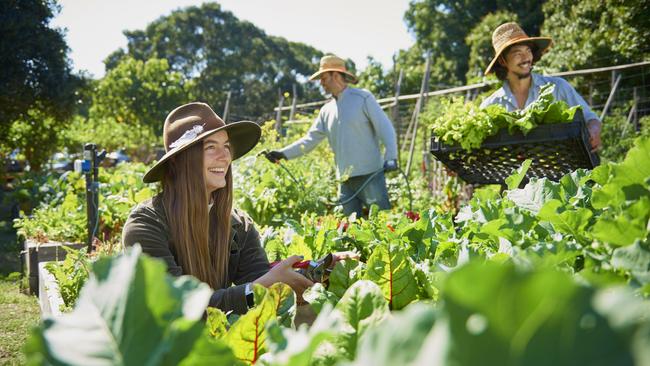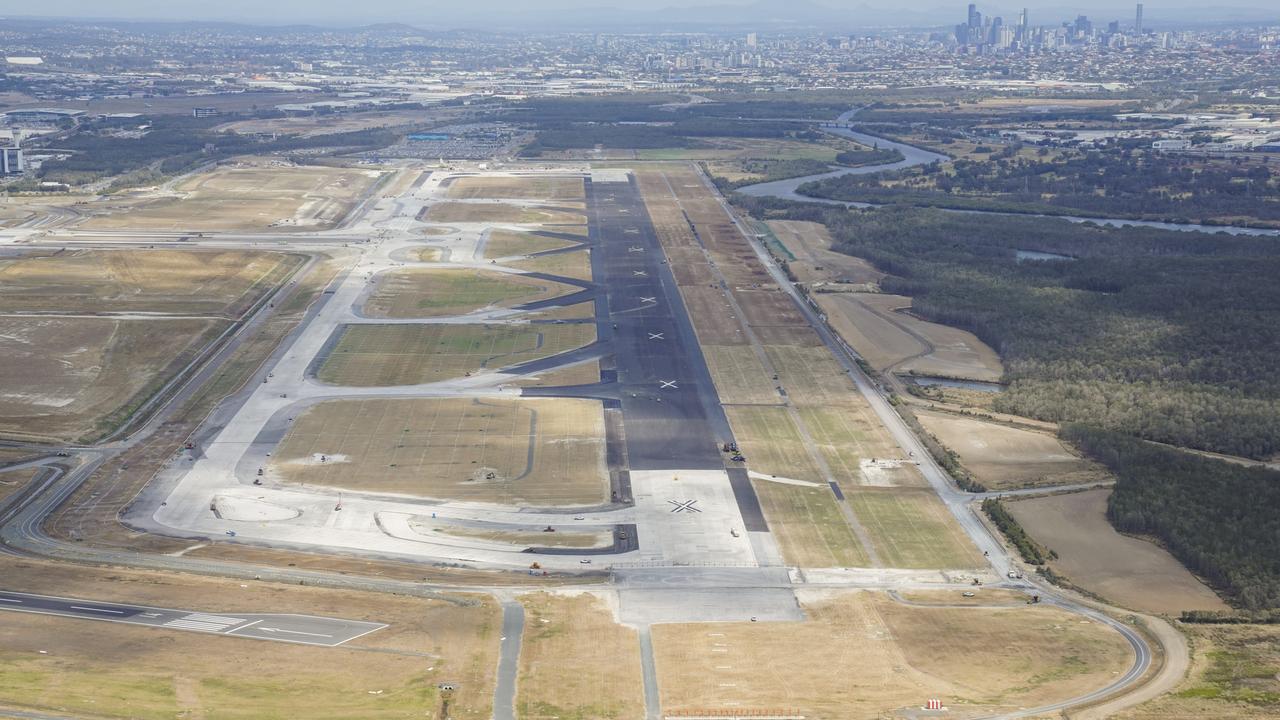Future SEQ: Water desalination plant tipped for southeast
ONE of the options to secure southeast Queensland’s water supply for the next few decades harks back to the last big dry.
Future QLD
Don't miss out on the headlines from Future QLD. Followed categories will be added to My News.
A NEW desalination plant, on the Sunshine Coast or in Brisbane, is one of the options to secure southeast Queensland’s long-term water supply.
Seqwater is developing a plan for the next 30 years.
“Outside a sharp rise in consumption or a severe drought, SEQ does not need another bulk drinking-water supply until after 2030 – and closer to 2040,” a spokesman said.
That is due to the $7 billion water grid, including the Gold Coast desalination plant and the western corridor recycled water scheme, built to combat the “millennium drought” and changes in behaviour since.
“Our assessment to date shows the next bulk water source will be needed on the Sunshine Coast, based on the smaller size of its dams and its population forecast to more than double to 500,000 by 2040,” the spokesman said.
Options outlined in the 2016-2046 Water Security Program include a desalination plant in the northern (Sunshine Coast) or central (Brisbane) regions, building a weir on the Mary River near Coles Crossing, or raising the wall of Borumba Dam south of Gympie.
Seqwater stresses that no decisions have been made and technology in coming decades could provide other options.
Meanwhile, research by professional services firm PwC suggests southeast Queensland could become a giant sponge in 25 years, soaking up every drop of water and reusing it to water city parks, gardens and urban farms.

Weather experts and climate modelling suggest that by 2030, there will be very little winter and spring rainfall, so water conservation will become increasingly important.
The “porous city” approach already being incorporated into developments in China directs rainfall from roads and footpaths into underground tanks to be stored for later use instead of washing out to sea.
“It’s about not letting a single drop of water go to waste,” said PwC’s real estate advisory managing director Robert Cavallucci.
The system would see the laying of new asphalt that can be penetrated by water, which would flow into a drain.
PwC also predicts the rise – literally – of vertical urban farms on an industrial scale, as technologies balancing nutrients, water and light enable productivity of up to 350 times per acre greater than conventional farming.
On a smaller scale, city farms like that at Northey St in Brisbane will continue to grow in popularity.
“It all stems from the popular movement of ‘local is the new global’,” Mr Cavallucci said.
The movement would expand, with disused land and rooftops being turned over to communal greenhouses.
“There’s definitely a strong trend towards people wanting accessibility to fresh, local fruit and vegetables. We don’t have the opportunity to go to Gatton every day and go pick tomatoes, but you can go down to Windsor and do the same thing.”


